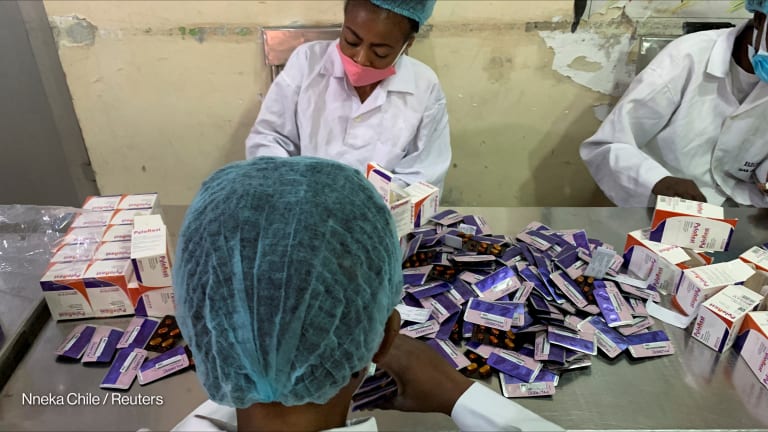
WASHINGTON — The U.S. State Department did not release a full global fragility strategy by the end of October as anticipated by leadership of the Bureau of Conflict and Stabilization Operations.
CSO Assistant Secretary Denise Natali told Devex in an interview last month she expected the document to be forthcoming by Oct. 28. In a statement sent to Devex on Nov. 1, she said the department needed more time before the strategy would be released publicly.
“We are taking the necessary time to incorporate the excellent feedback we have received — in partnership with the interagency — to ensure strong buy-in for successful implementation.”
— Denise Natali, assistant secretary, Conflict and Stabilization Operations BureauCSO is charged with producing the strategy, which is mandated by the State Department by the nascent Global Fragility Act. That legislation, passed in December 2019, outlines a new approach to U.S. conflict prevention efforts in recognition of decades of failed U.S. foreign interventions in countries such as Iraq and Afghanistan.
The legislation requires the administration to select at least five priority countries or regions in which to conduct pilot projects over the course of a decade. It also outlines a whole-of-government approach, concentrated in the State Department, U.S. Agency for International Development, and Defense Department, encouraging better interagency coordination in fragile and conflict-affected countries.
The Global Fragility Act required the State Department to select those countries and regions by Sept. 15. On that date, CSO submitted only a report on its progress toward implementation, which civil society advocates said lacked necessary substance and detail on how exactly the administration would achieve the stated objectives.
"The department has completed extensive consultations with Congress and non-governmental stakeholders about the forthcoming Global Fragility Strategy. We are taking the necessary time to incorporate the excellent feedback we have received — in partnership with the interagency — to ensure strong buy-in for successful implementation,” Natali told Devex on Sunday.
“The Department is committed to seizing the opportunity provided by the [Global Fragility Act] to improve how the United States helps our partners break the costly cycle of fragility and conflict."
Natali told Devex last month that the country and regional selections would likely come later than the strategy, but before the end of the year. That gives the department a tight turnaround to meet its next deadline set out in the Global Fragility Act, in December. The bill requires the administration to have produced specific strategies for the countries and regions selected for inclusion in the pilot project before the end of the year.
Natali said in October that the country and regions were being selected using “rigorous methodology,” including analyzing qualitative and quantitative data, and by assessing buy-in from U.S. missions and host country governments.
“We want to see as representative a sample across regions as possible, so that even though we may identify fragility concentrated in a certain continent of the world or region there are other places that we do want to see priority countries be represented, or regions as well,” Natali said.








